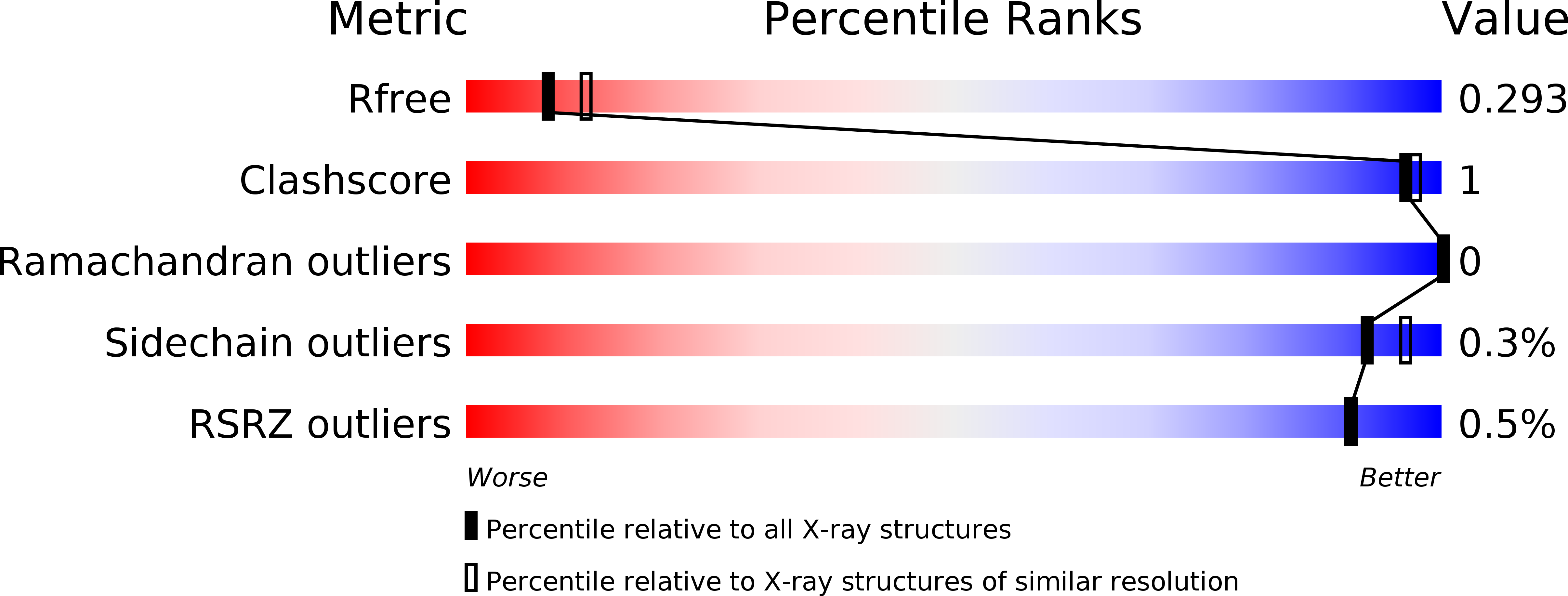
Deposition Date
2019-07-09
Release Date
2019-10-02
Last Version Date
2023-10-11
Entry Detail
Biological Source:
Source Organism:
Streptococcus pneumoniae TIGR4 (Taxon ID: 170187)
Host Organism:
Method Details:
Experimental Method:
Resolution:
2.65 Å
R-Value Free:
0.29
R-Value Work:
0.24
R-Value Observed:
0.24
Space Group:
P 1 21 1


